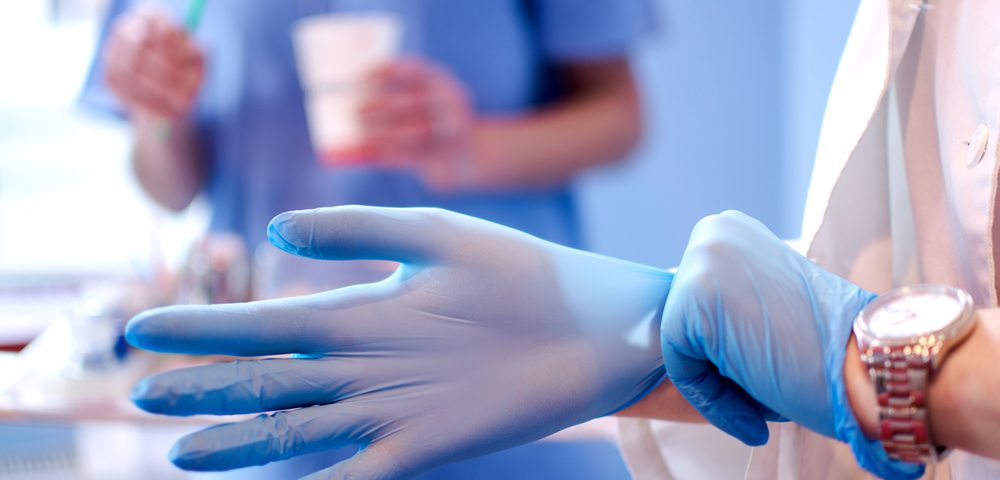
Medical Scope Company Houston TX
January 18, 2018
Medical Scope Los Angeles CA
March 19, 2018How To Clean, Disinfect, and Sterilize an Endoscope
Medical scope repair helps give new life to these important instruments. One vital component of medical scopes repair is the work necessary to clean, disinfect and sterilize the instruments before returning scopes to use, the same steps that should be done each time a scope is used. At MedTec Applications, we follow best practices to ensure your Glendale Heights, IL, scopes are in sound working order and safe.
Here’s a closer look at the key step to ensure proper cleaning, disinfection, and sterilization of endoscopes.
Precleaning. The precleaning process begins immediately after use. The insertion tube should be wiped with a clean cloth soaked in a detergent solution. The distal end of the scope should be inserted in a detergent solution, which should be suctioned into the scope.
The air and water channels should also be flushed.
Leak Testing. Many medical scopes repair work steps from leaks and water intrusion, Leak testing should be done in keeping with the manufacturer’s guidelines. Generally, the steps involve removing valves, attaching a leak tester, pressurizing the scope and immersing it in water. The distal scope should be flexed in all directions, freeze and release buttons pressed, and insertion tube checked for bubbles.
Manual Cleaning and Rinse. This is an essential step for removing microbial residue from the scope. The instrument should be submerged in a basin filled with water and a medical-grade, neutral pH, low-foaming detergent solution.
External debris should be removed via brushing and wiping while the scope is submerged in the solution. Soft brushes should be used to clean all removable parts, valves, biopsy port cover, and openings.
Brushes sized appropriately should be used to access the channels of the scope body, umbilicus, and insertion tube. Each time the brush makes a pass, the brush should be rinsed before reinsertion. Cleaning should continue until there is no visible residue on the brush.
Your scope’s manufacturer will provide cleaning adapters for various channels and flush all of them with a detergent solution to remove debris. If using an enzymatic detergent, be sure to soak all components for the manufacturer’s specified time.
Finally, in this step, the scope and all of its removal parts should be rinsed in clean water. Forced air should be used to remove any water from the channels. Dry the scope thoroughly with a dry, lint-free cloth.
High-Level Disinfection
A high-level disinfectant or sterilant will destroy remaining microorganisms. They should be prepared according to manufacturer specifications for temperature and concentration. Test strips should be used to ensure that the solution exceeds minimum effective concentration.
Disinfection can be done either manually or via automation. In both cases, the fluids are circulated throughout the channels, followed by several rinse cycles and forced air to remove all of the solution.
The endoscope needs to be thoroughly dried with forced air before flushed with alcohol and dried again. This process applies to channels and removable parts.
Adherence to these procedures helps prevent medical scope repair. When such services are needed, count on MedTec Applications, an experienced medical scope company, to provide thorough, careful inspection and repair services that return your scopes to your Glendale Heights, IL, quickly and ready for reuse.

